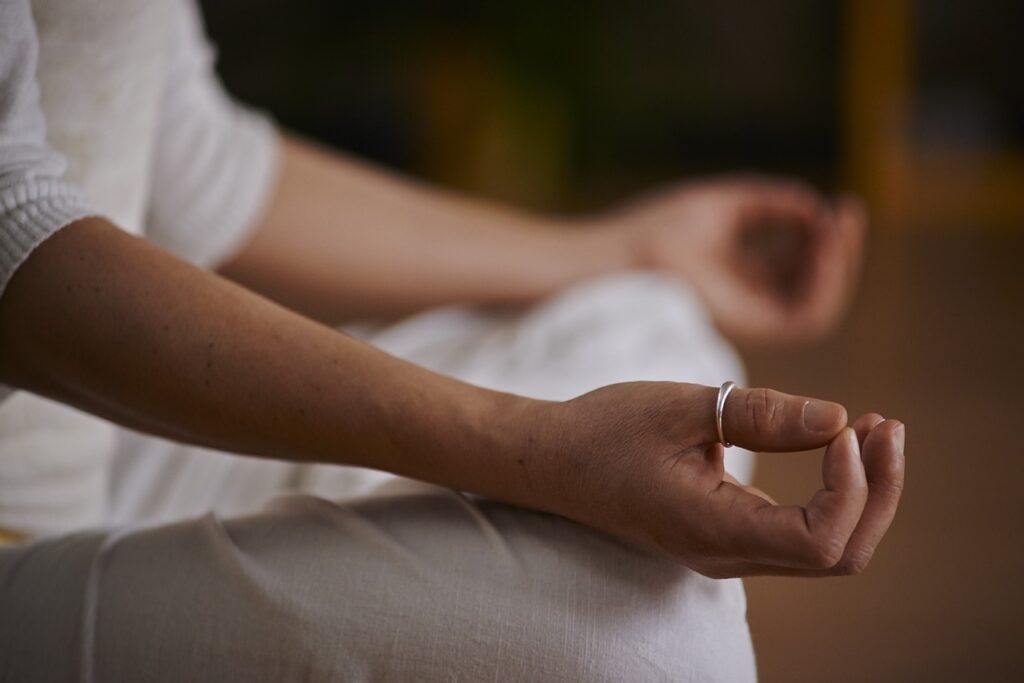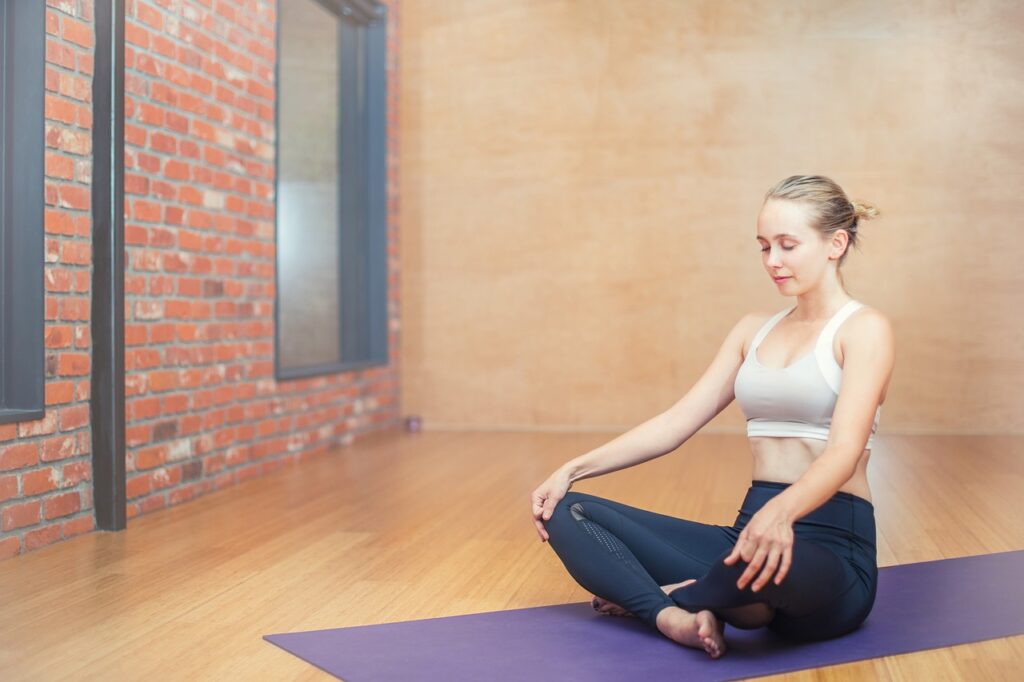Introduction to Occupational Therapy
Occupational therapy (OT) is a holistic approach that aims to help individuals achieve independence in their daily activities. It addresses both physical, cognitive, and mental health issues, making it a versatile and impactful field. Occupational therapists work with people of all ages, helping them to overcome challenges that affect their ability to perform everyday tasks. From improving motor skills to enhancing cognitive functions, OT is designed to enrich lives and promote overall well-being.
Exploring the Principles of Yoga

Yoga, an ancient practice originating from India, focuses on harmonizing the mind, body, and spirit through physical postures, breathing exercises, and meditation. The principles of yoga align seamlessly with the goals of occupational therapy. Yoga and occupational therapy emphasize the importance of physical and mental health, and they share a common objective of improving the quality of life for individuals. Yoga offers numerous benefits, including increased flexibility, strength, and mental clarity, which can complement the therapeutic goals of occupational therapy.
The Synergy of Occupational Therapy and Yoga
Combining occupational therapy and yoga can create a powerful synergy that enhances the therapeutic process. Here’s how:
- Physical Benefits:
- Flexibility and Strength: Yoga poses (asanas) can improve muscle tone and flexibility, making it easier for clients to perform daily tasks.
- Balance and Coordination: Many yoga practices focus on balance and coordination, which are also key components of occupational therapy.
- Mental Health Benefits:
- Stress Reduction: Breathing exercises and meditation techniques in yoga can reduce stress and anxiety, which can be beneficial for occupational therapy clients.
- Mindfulness: Both yoga and occupational therapy emphasize the importance of mindfulness and being present in the moment, which can improve mental well-being.
- Holistic Approach:
- Integration of Mind and Body: This combined approach addresses both the physical and mental aspects of health, providing a comprehensive treatment plan.
- Customized Therapy: Occupational therapists can tailor yoga practices to meet the specific needs of their clients, creating personalized and effective therapeutic sessions.
Practical Tips for Integrating Yoga into Occupational Therapy

For occupational therapists interested in incorporating yoga into their practice, here are some practical tips:
- Start with Simple Poses:
- Begin with basic yoga poses that are easy for clients to perform. Gradually progress to more complex poses as they become more comfortable and confident.
- Focus on Breathing:
- Teach clients simple breathing exercises (pranayama) to help them relax and focus. This can be especially helpful for clients dealing with anxiety or stress.
- Use Props:
- Incorporate props such as yoga blocks, straps, and cushions to make poses more accessible for clients with physical limitations.
- Create a Calm Environment:
- Set up a quiet and calming space for yoga sessions. Soft lighting, soothing music, and a clutter-free environment can enhance the overall experience.
- Encourage Consistency:
- Encourage clients to practice yoga regularly, even outside of therapy sessions. Consistent practice can lead to long-term benefits and improvements in their overall well-being.
The Future of Occupational Therapy and Yoga in Healthcare
The integration of occupational therapy and yoga is a promising approach that holds great potential for the future of healthcare. As more research supports the benefits of this combined approach, it is likely to gain widespread acceptance and implementation in various healthcare settings. Occupational therapists who incorporate yoga into their practice can offer more holistic and effective treatments, improving outcomes for their clients. This innovative approach aligns with the growing trend towards holistic and integrative healthcare, making it an exciting area of growth and development.
Conclusion
Combining occupational therapy and yoga offers a unique and effective way to enhance physical and mental health. By integrating the principles of yoga into occupational therapy sessions, therapists can provide more holistic and personalized care. If you’re an occupational therapist or a health-conscious individual looking to improve your well-being, consider exploring the synergy of occupational therapy and yoga. Start your journey today and experience the transformative benefits of this powerful combination.
Frequently Asked Questions about OT and Yoga
How do occupational therapy and yoga work together?
Occupational therapy and yoga complement each other by addressing both physical and mental health. Occupational therapists can use yoga postures, breathing exercises, and meditation techniques to enhance their clients’ flexibility, strength, balance, and mental well-being.
Can yoga be customized for individual therapy needs?
Yes, yoga practices can be tailored to meet the specific needs and abilities of individual clients. Occupational therapists can modify poses and use props to ensure that yoga is accessible and beneficial for everyone.
What are the benefits of integrating yoga into occupational therapy?
The benefits include improved physical strength and flexibility, reduced stress and anxiety, enhanced balance and coordination, and a holistic approach to health that addresses both the mind and body.
Do occupational therapists need special training to incorporate yoga?
While not mandatory, additional training in yoga can be beneficial for occupational therapists who wish to integrate it into their practice. Understanding the principles and techniques of yoga will help them provide more effective and safe guidance to their clients.
Are there any contraindications for using yoga in occupational therapy?
Certain medical conditions or physical limitations may require modifications or adaptations of yoga practices. It is essential for occupational therapists to assess each client’s individual needs and consult with healthcare providers if necessary.
References:
- American Occupational Therapy Association. (2020). Occupational Therapy Practice Framework: Domain and Process.
- Iyengar, B.K.S. (2005). Light on Life.
- National Institute of Health. (2021). Yoga for Health.
By integrating the best of both worlds, occupational therapy and yoga can empower individuals on their path to better health and well-being. For personalized guidance and resources, connect with an occupational therapist and take the first step towards a more balanced and fulfilling life.
Recently Featured Posts on OT Insider
Recently Featured OT Insider Articles
Enhancing OT Practices: The Power of Kinesiology Tape in OT
Top 10 Things to Consider for Choosing the Right Occupational Therapy School
Exploring the World of Travel Occupational Therapy: Opportunities and Impact
